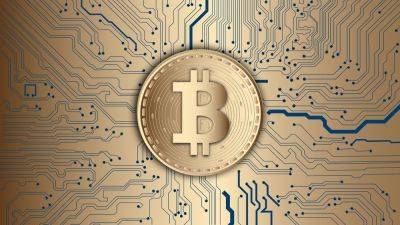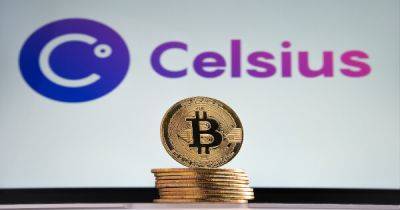What are peer-to-peer payments, and how can they work offline?
Peer-to-peer (P2P) payment protocols are sets of rules and standards that enable transactions directly between two parties without intermediaries like banks or payment processors. P2P payment protocols increase security with cryptographic encryptions and provide lower transaction fees, as there are no intermediaries involved.
Blockchain-based P2P protocols are widely used in the crypto ecosystem. Users who wish to utilize P2P payments create a wallet and connect it to their chosen platform through a generally streamlined process. Sending funds is a seamless process: Just enter the amount and the recipient’s wallet address, then press send.
After the transaction is initiated, validators verify and add the transaction to the block — a decentralized ledger containing all blocks of data, which is where the “blockchain” name comes from. The recipient can freely use or transfer the received funds afterward.
Satoshi Nakamoto, the pseudonymous creator of Bitcoin (BTC), labeled the original cryptocurrency as “peer-to-peer electronic cash” in its white paper. However, that definition needs a deeper look.
In true P2P payment systems, the sender and the receiver should be able to perform the transaction without any intermediaries. In Bitcoin’s case, blockchain nodes, called “miners,” act as mediators. Users can’t transact without an internet connection, as Bitcoin needs to connect to the miners for mediation to process the transaction. Therefore, it’s more accurate to say that Bitcoin operates on a peer-to-peer network rather than saying it is a peer-to-peer payment protocol itself.
In the context of Bitcoin’s P2P network, “peer-to-peer” refers to the individual nodes connecting directly to each other to share information and validate
Read more on cointelegraph.com






















